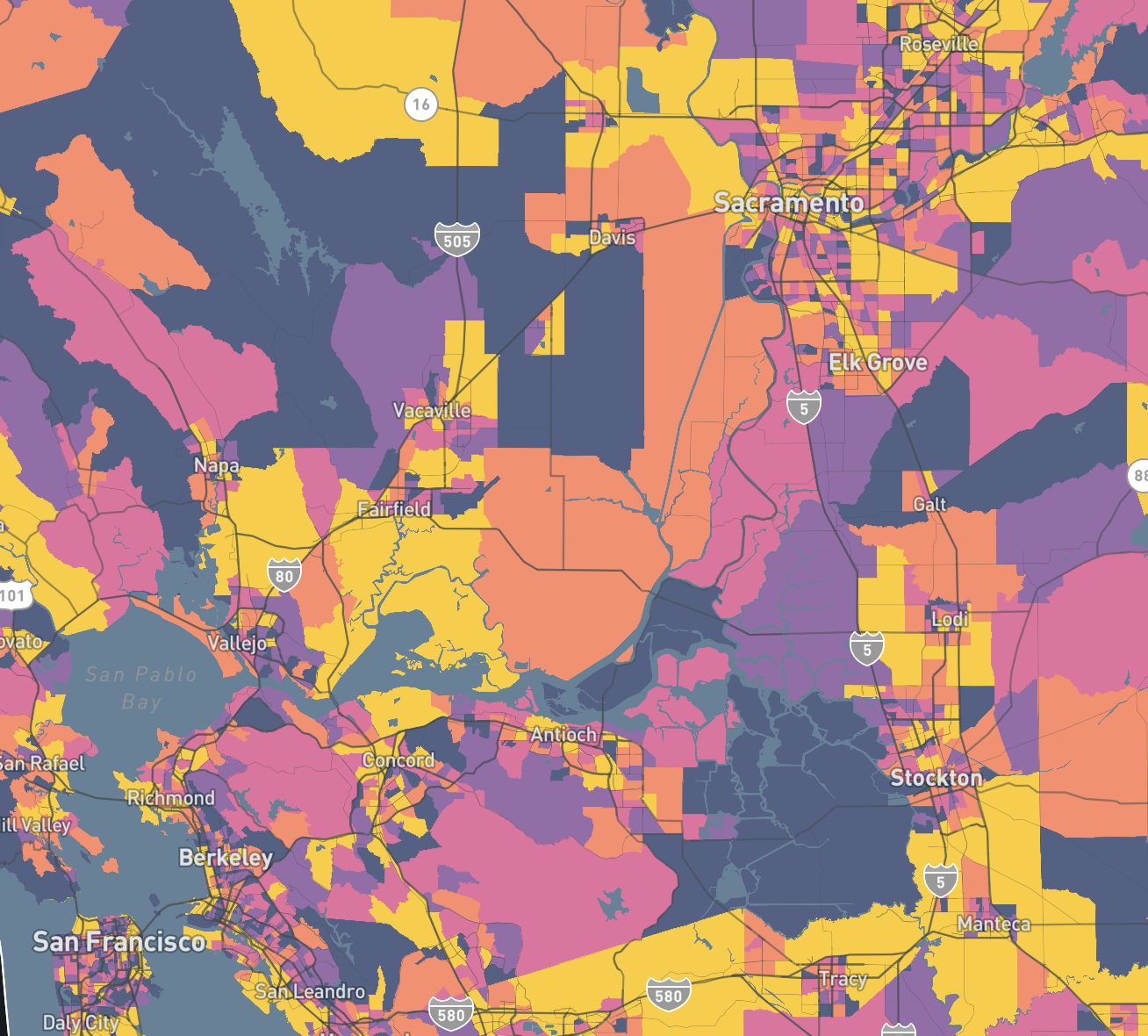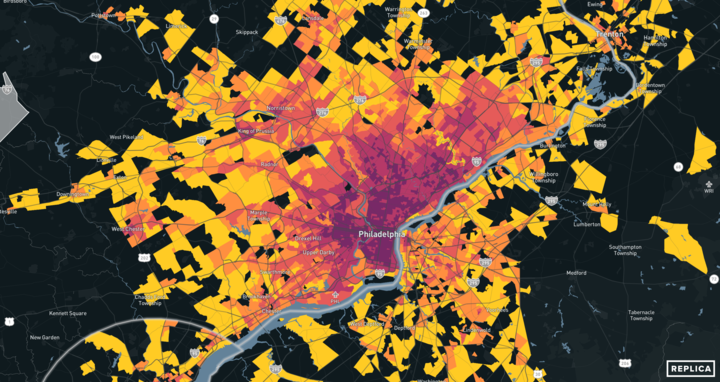By Wally Blain, Senior Project Manager, Benesch
As regions grow, the analysis of origins and destinations can provide insight into ever-changing mobility needs. Often, out-of-date and labor-intensive methods are used, such as manually recording license plates, setting up cameras at intersections, laying down road tube sensors, surveying people about their travel patterns, or more high-tech methods using cordons, blue-tooth sensors, and geofencing. All these methods can be labor-intensive and expensive and also run the risk of producing inaccurate or incomplete data. It’s often not feasible to perform manual data collection across an entire study area, and data collection is usually limited to short time periods.
The population of Collier County has grown from around 150,000 to 390,000 from 1990 to 2020. With this rapid growth, the region is experiencing new travel patterns and increased congestion on its transportation system. As a result, the metropolitan planning organization (MPO) for Collier County (Bonita Springs-Estero Urbanized Area), the Collier MPO, developed a Congestion Management Process (CMP) as required for Urbanized Areas with populations exceeding 200,000. Key to a better understanding of congestion is the analysis of trip patterns, travel times, and modes of travel. This understanding informs future congestion management strategies, including land use, demand management, and transportation investments.
Recently, Benesch was tasked with developing an origin and destination report for the Collier MPO using a different approach - using Replica Places data to conduct the analysis. Replica Places simulates the complete activities and movements of residents, visitors, and commercial vehicles in a region and season on a typical day. The output of Places is a complete, disaggregate trip and population table with each row of data reflecting a single trip, with characteristics about both the trip (e.g., origin, destination, mode, purpose, routing, duration, etc.) and trip taker (e.g., age, race/ethnicity, income, home location, work location, etc.). As a result, Benesch took advantage of the flexibility of Replica data, leading to significantly shorter processing times and more granular and detailed data revealing new insights.
Benesch delivered a report that provided detailed trip patterns and characteristics for trips within Collier County. We also highlighted the share of trips entering, exiting, and passing through Collier County. Additionally, by using the custom geography feature in Replica Places, we analyzed 17 subareas based on existing communities identified in the County’s Growth Management Plan and compared the trip patterns and characteristics to the overall countywide patterns.

The analysis at the subarea level revealed new insights about trips staying internal to a subarea, which emphasized the connection between trips generated by mixed-use developments and integrated land use patterns allowing for shorter distance trips to be accomplished, reducing impacts to the regional transportation network. These insights inform future planning decisions and, specifically, how governments charge their transportation impact fees. For example, the Ave Maria subarea shows a high percentage of trips remaining within the subarea, but also the longest trip lengths and trip duration resulting from the great distance needed to reach work destinations. This disparity is a result of the subarea that includes the still developing, rural, planned community roughly 30 miles outside of Naples. This pattern of development provides short-distance opportunities for residents to satisfy many of their shopping and errand-based trips but also requires traveling long distances for purposes not available within the community.
Additionally, Replica data illustrated the strong regional connection of Collier County with neighboring Lee County to the North. More than 90,000 trips a day start in Collier County and end in Lee County. Also, nearly 9% of workers living in Collier County have jobs in Lee County, and an additional 2% work within the larger Southwest and South Florida region.

Benesch was able to avoid manual and labor-intensive traffic data collection methods and efficiently develop a complete and accurate origin and destination report that includes a set of data that is impossible to collect manually. The level of detail and new insights provided by Replica data allows rapidly growing areas like the Collier MPO to make informed data-driven decisions regarding future transportation investments and land use decisions.
Wally Blain is a Senior Project Manager in Benesch’s Multimodal Planning Group specializing in regional transportation planning activities for MPOs and other public sector agencies.








